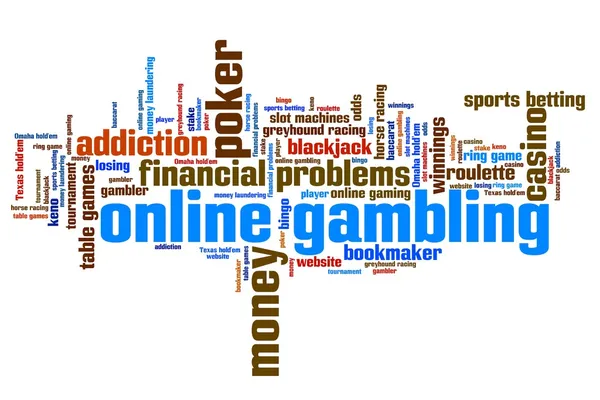“Top lists” and star scores are everywhere in the betting world, but not all ratings are created equal. Some are transparent and data-driven; others are thinly veiled ads. If you enjoy online casinos and are curious about sportsbooks, learning how to read bookmaker ratings will save you time, keep your bankroll safer, and help you find operators that actually fit your style of play. This guide breaks down the metrics that matter, the red flags to watch for, and a simple framework for comparing brands without getting lost in hype.
Why Bookmaker Ratings Matter to Casino Fans
Casino players often value pace and variety; sportsbook bettors value pricing and limits. Good ratings bridge those worlds by showing you where the line is fair, where payouts are predictable, and how bonus terms compare to casino playthroughs. Read correctly, ratings become a shortcut to the experiences you want—fewer customer-support headaches, clearer rules, and promotions that work for your stake size.
The Five Pillars of a Trustworthy Rating
Any serious ranking should explain its methodology. Look for these pillars—and verify them whenever possible:
- Licensing & integrity: Clear regulator, visible company details, responsible-gaming tools, and a real dispute path.
- Pricing & limits: Competitive odds across major markets, consistent acceptance of bets, and published limits.
- Payouts & payments: Transparent withdrawal windows, minimal fees, and multiple reliable rails (bank transfer, cards, e-wallets).
- Terms & bonuses: Readable rules, realistic wagering, and no “gotchas” like stealth caps on max win while using a bonus.
- Reputation signals: Real player feedback, resolution speed for complaints, and consistency over time—not just launch-day gloss.
How to Compare Ratings at a Glance
Don’t stop at the headline score. Open the methodology and skim the weighting. A site with 10/10 “bonuses” but weak payout practices might look attractive until you realize your money moves slowly. Use a quick decision table like this to keep comparisons objective:
| Metric | What to Check | Green Flag | Red Flag |
|---|---|---|---|
| License & KYC | Regulator, ID rules, responsible-gaming tools | Named regulator + easy limits/self-exclusion | Vague “international license,” no tools |
| Odds & Hold | Margins on spreads/totals/moneylines | Consistently competitive across sports | Great on headliners, poor elsewhere |
| Limits | Stake acceptance and bet reductions | Stable acceptance, clear max stakes | Frequent auto-reductions/“trading” delays |
| Payout Speed | Processing time and verification | Hours to 1–2 days, clear steps | Ambiguous timelines, surprise docs |
| Bonus Terms | Wagering, max bet, contribution | Transparent, fits your stakes | Low contribution, hidden caps |
How to Use Bookmaker Ratings Without Being Misled
Ratings are a starting line, not the finish. Here’s a three-step workflow that keeps you in control:
- Cross-read: Check two or three ratings sources for the same brand. If one score diverges sharply, find out why—different weightings, outdated data, or paid placement.
- Spot-test pricing: Pick three upcoming games you’d genuinely bet. Compare odds and hold against a competitor. If a book trails consistently, a top rating elsewhere may not matter for your markets.
- Micro-deposit & withdrawal: Before committing real bankroll, run a small test. Time the payout. The best ratings align with your personal experience; if they don’t, trust the stopwatch.
Casino Crossover: Translating Ratings Into Real Play
If you’re comfortable with casino games, you already understand variance and bankroll management. Apply the same discipline to sportsbooks—only the rhythms change. Sports bets settle slower than slots; variance behaves differently across props, totals, and parlays. That’s why a bookmaker’s limits, settlement rules, and customer service quality deserve more weight than flashy promos.
Red Flags in “Top Lists” (And What to Do Instead)
- No methodology: If the site won’t explain its scoring, assume the list is pay-to-place. Move on.
- Identical scores across categories: Real books have trade-offs. If everything is “9.8,” the rating isn’t doing any real work.
- Promo-only framing: A giant headline bonus with no clear terms is a distraction. Find the rules before you click “opt in.”
- Zero talk of dispute resolution: If the “rating” ignores withdrawals and complaints, the list isn’t built for players.
Where a Curated Rating Page Helps
Independent, well-structured rankings can save hours of legwork, especially when they highlight methodology, weight real user feedback, and separate editorial scores from sponsored visibility. If you’re getting started or want a second opinion, browsing a focused directory of bookmaker ratings can help you sanity-check odds quality, payout practices, and bonus realism before you deposit.
Bankroll Tips That Make Ratings More Useful
- Split your roll: Keep separate budgets for casino and sportsbook action—different speeds, different risk caps.
- Unit discipline: 0.5–2% of your sports bankroll per straight bet; parlay exposure capped and pre-defined.
- Session rules: Set stop-loss and stop-win points before you start; ratings won’t protect you from tilt.
- Record keeping: Track bets and payout times. Your logs will confirm whether a high rating matches real-world performance.
Bottom Line
Good bookmaker ratings compress complex research into a digestible snapshot, but they only work when you look under the hood. Prioritize licensing, pricing, limits, payouts, and fair terms; validate with a small real-money test; and keep your bankroll strategy tight. Do that, and ratings become what they should be—a clear, credible shortcut to better betting decisions.



